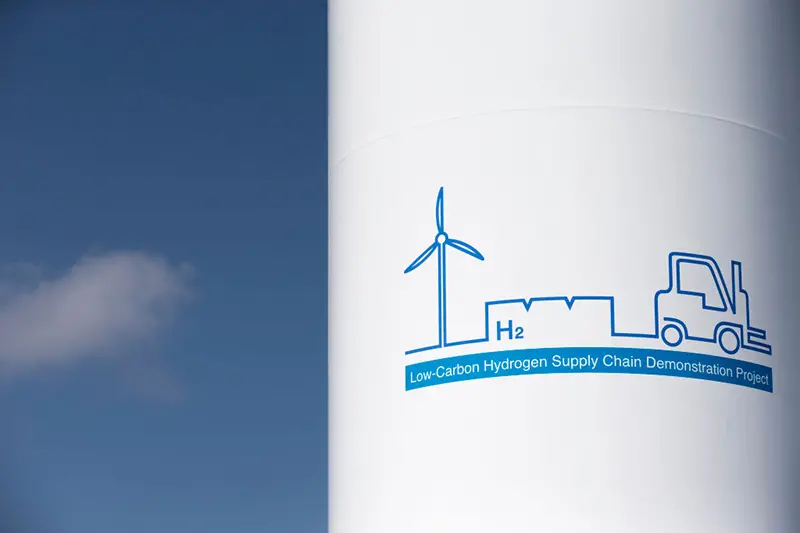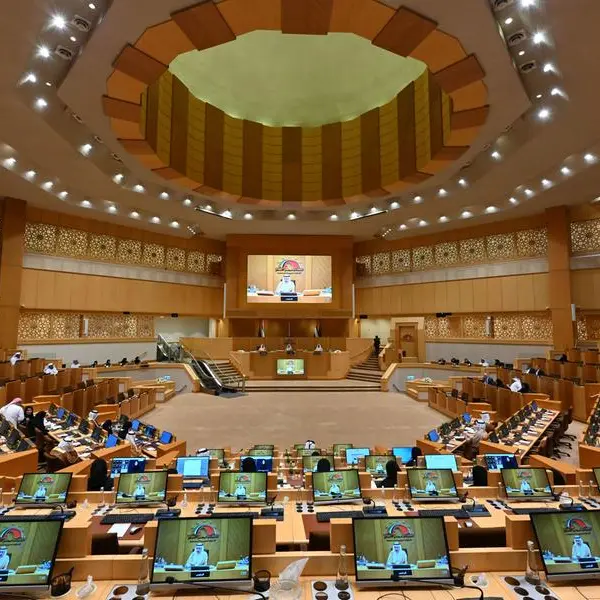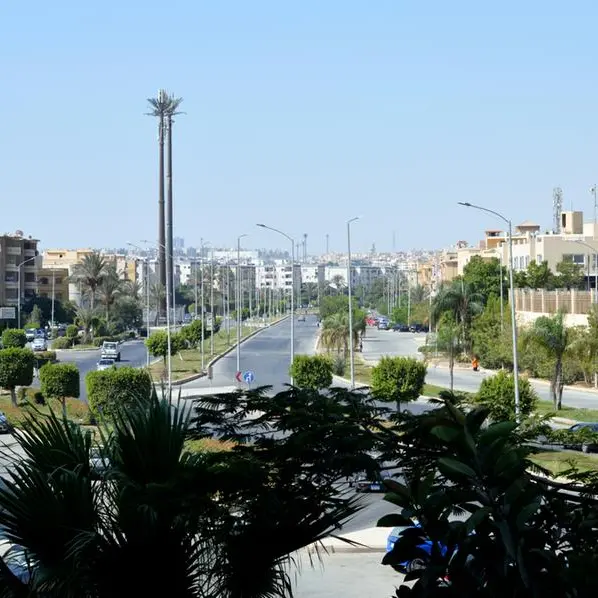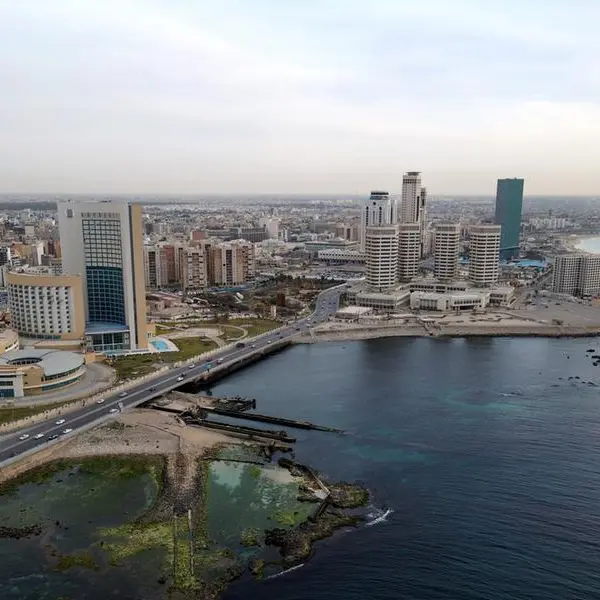PHOTO
Launched on Thursday, 17 February, higher education, science and innovation minister Dr Blade Nzimande unveiled the Hydrogen Social Roadmap (HSRM) which will serve as a national coordinating framework to facilitate the integration of hydrogen-related technologies in various sectors of the South African economy.
“In South Africa, hydrogen is extensively used in the chemical and fuel-refining sectors, but it is currently produced mainly from non-renewable sources, such as coal and natural gas. What is concerning is that hydrogen and fuel cell technologies (HFCT) are currently used in very few industrial activities in our country.
“However, the use of hydrogen and fuel cell technologies is likely to expand significantly in future, driven by both mobile and stationary applications, as well as its use in industrial processes such as ammonia and steel production,” Nzimande said at the launch.
SA's comparative advantage
In addition to the renewable resources and available land to build the required renewable energy plants, Nzimande said South Africa has comparative advantage in that the country is home to 75% of the world reserves of the platinum group metals (PGMs).
“The PGMs such as platinum, ruthenium and iridium are key components in fuel cell catalysts and electrolysers for green hydrogen production. In addition, South Africa has a unique and patented Fischer-Tropsch process owned by Sasol, which gives South Africa a competitive edge in the production of liquid fuels based on the hydrogen production route.”
Platinum Valley Corridor
According to the recently launched South African Hydrogen Valley Feasibility Study Report, the average cost of green hydrogen will be around $4 per kg by 2030 along the Platinum Valley Corridor, representing a green premium of $2-2.5 per kg above grey hydrogen, produced from natural gas.
The Platinum Valley Corridor starts from Anglo American Platinum’s Mogalakwena Mine in Limpopo, through Pretoria and Johannesburg down to Durban, passing through the N1 and N3.
Nzimande said it is expected that by implementing the catalytic projects identified in the South African Hydrogen Valley Feasibility Study Report, the green premium could be lowered to enable green hydrogen to be at parity with grey hydrogen.
All rights reserved. © 2022. Bizcommunity.com Provided by SyndiGate Media Inc. (Syndigate.info).




















